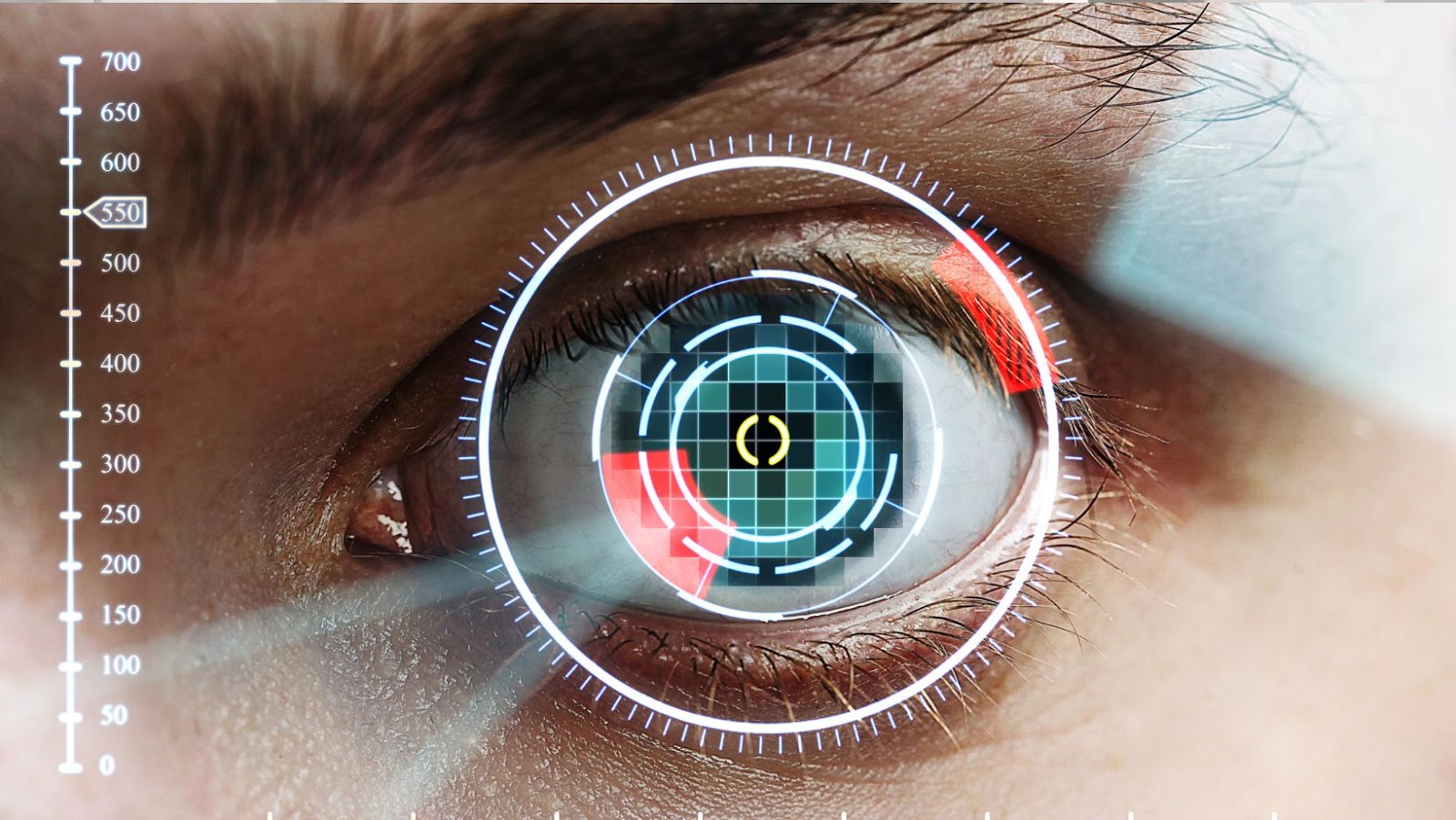Border security agencies worldwide face the challenge of balancing tight security with efficient traveler processing. Iris scanning technology has emerged as a powerful solution, offering unmatched speed and accuracy in verifying identities. Unlike fingerprints or facial recognition, iris patterns are stable over a lifetime and harder to forge, making them ideal for high-security applications. From airports to seaports, this technology is helping reduce wait times while strengthening border protection. As the technology matures, it’s finding new roles beyond immigration control, promising a future where identity verification becomes nearly seamless for legitimate travelers and far more difficult for those with ill intent.
How Iris Scanning Works
Iris scanning relies on near-infrared light to capture detailed images of the intricate patterns in the colored ring around the pupil. These patterns are unique to each individual, even among identical twins. Once captured, the scan is converted into a digital code, often called an iris template, which can be compared to existing records in milliseconds. Because the iris remains stable throughout a person’s life, the likelihood of mismatches is extremely low. The technology works effectively across different lighting conditions and requires no physical contact, reducing hygiene concerns and making it more efficient for high-traffic checkpoints.
Security Measures and Data Protection
Iris scans are only as secure as the systems that store and manage them. Many border security agencies employ multi-layered cybersecurity defenses to prevent unauthorized access. This is when specialized service providers become important. For example, companies like Red Canary, which offer managed detection and response solutions, can help authorities identify unusual access attempts to iris databases in real time.

Such partnerships ensure that biometric records remain uncompromised and that any potential breach is addressed quickly. Protecting this sensitive data is critical, as the compromise of biometric identifiers can have far-reaching consequences that go well beyond traditional identity theft.
Advantages Over Other Biometric Methods
Compared to fingerprint scanning, iris recognition offers a higher level of precision with a lower false acceptance rate. Unlike facial recognition, it’s less affected by changes in facial hair, weight, or aging. Iris scans can also be performed from a short distance, allowing for quicker throughput at checkpoints. For high-volume environments like international airports, this speed translates into shorter lines, improved traveler satisfaction, and more efficient use of resources. These benefits have made iris scanning increasingly attractive to border agencies seeking to modernize their infrastructure while minimizing both operational costs and security risks associated with human error.
Global Adoption and Case Studies
Countries like the United Arab Emirates, India, and the United States have already integrated iris scanning into their immigration processes.

In the UAE, travelers can clear passport control in seconds using automated kiosks equipped with iris scanners. India’s Aadhaar program uses iris recognition alongside fingerprints for the largest biometric database in the world. U.S. Customs and Border Protection has tested the technology at select airports, showing promising results in reducing manual document checks. These case studies illustrate how iris scanning, when implemented thoughtfully, can strengthen border security while streamlining the traveler experience for millions of passengers every year.
The Road Ahead for Iris Scanning in Border Security
As iris scanning becomes more widespread, the focus will shift toward interoperability between countries, ensuring that systems can securely share biometric data where legally permitted. Advances in mobile scanning devices could bring the technology to remote border crossings or on-site immigration checks. However, adoption must be accompanied by clear privacy regulations, transparency about data usage, and robust cybersecurity practices. With the right safeguards, iris scanning has the potential to become a cornerstone of global border security, offering a blend of speed, accuracy, and trust that meets the demands of both travelers and enforcement agencies in the years ahead.